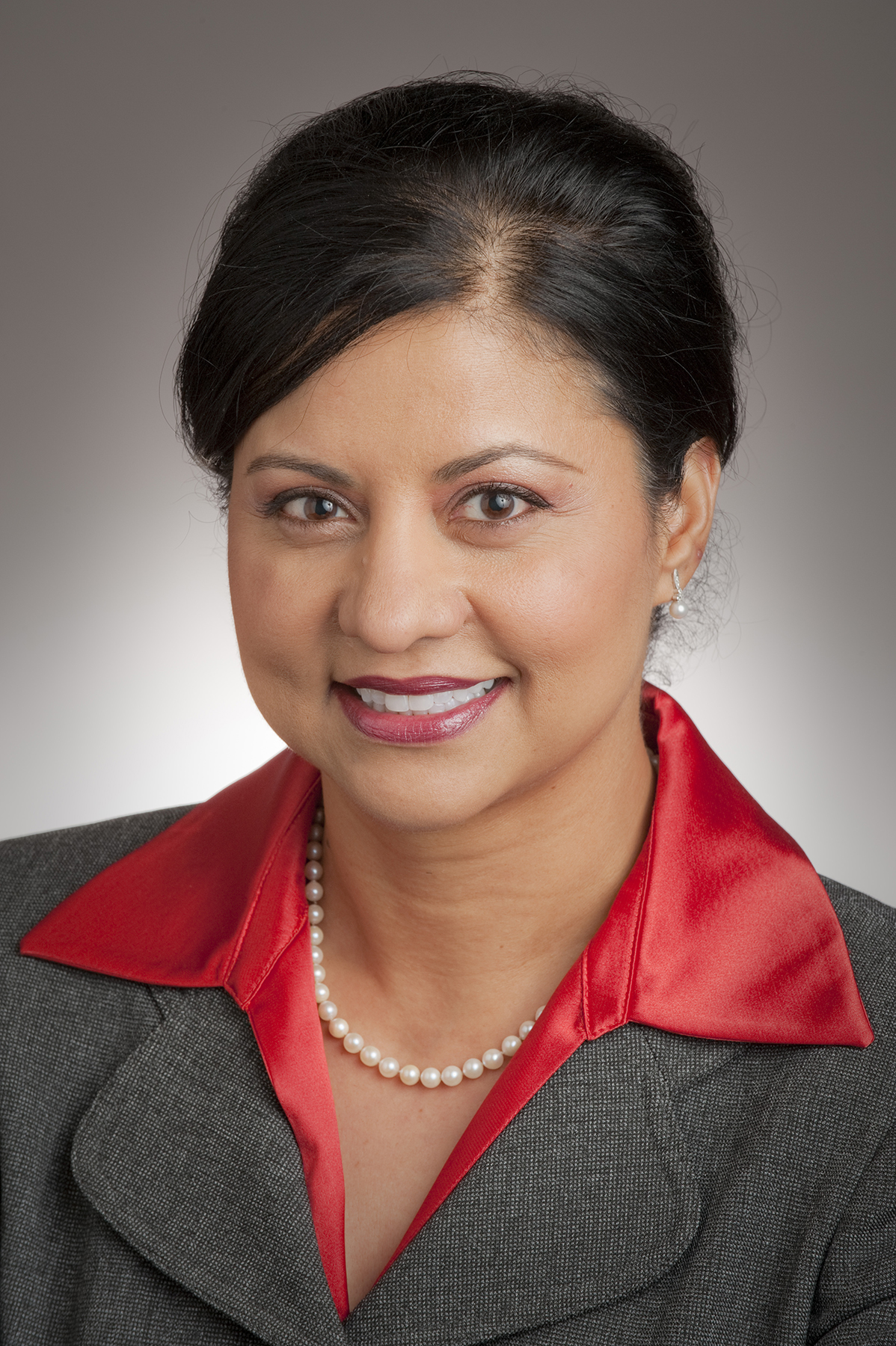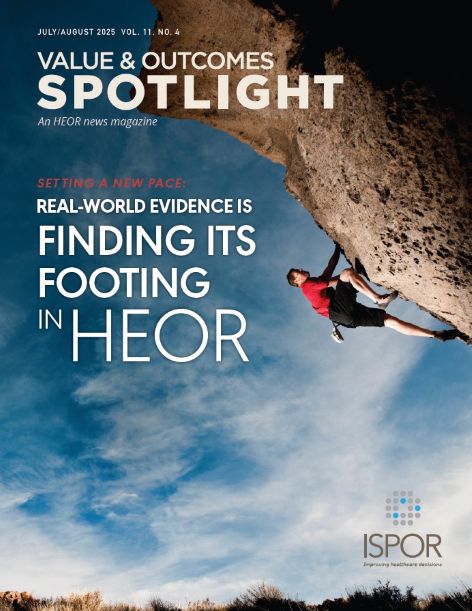Leveraging Real-World Evidence for Better Health Outcomes
 In recent years, real-world evidence (RWE) has gained substantial traction in the realm of health economics and outcomes research (HEOR). This paradigm shift is largely driven by the growing abundance of real-world data (RWD), which offers a practical and comprehensive insight into healthcare interventions and patient outcomes. RWE provides a means to complement traditional randomized controlled trials (RCTs) by bridging the gap between controlled clinical environments and the realities of everyday healthcare. Despite its promising contributions, the utilization of RWE does not come without challenges and scrutiny.
In recent years, real-world evidence (RWE) has gained substantial traction in the realm of health economics and outcomes research (HEOR). This paradigm shift is largely driven by the growing abundance of real-world data (RWD), which offers a practical and comprehensive insight into healthcare interventions and patient outcomes. RWE provides a means to complement traditional randomized controlled trials (RCTs) by bridging the gap between controlled clinical environments and the realities of everyday healthcare. Despite its promising contributions, the utilization of RWE does not come without challenges and scrutiny.
One of the most significant advantages of RWE is its ability to represent a diverse population in healthcare studies. Unlike RCTs, which often have narrowly defined inclusion and exclusion criteria, RWE encompasses data from real-world settings, enhancing inclusivity and generalizability. This inclusivity extends to ethnic, socioeconomic, and demographic diversities that are often underrepresented in RCTs. By analyzing outcomes within these broader populations, healthcare providers can tailor treatments more effectively, ensuring that the needs of all patients are met.
RWE provides a means to complement traditional RCTs by bridging the gap between controlled clinical environments and the realities of everyday healthcare.
Additionally, RWE can be generated quickly and at a lower cost compared to RCTs. This expedited process is crucial in the swift evolution of healthcare, where timely evidence can directly influence practices and policies. For instance, during the COVID-19 pandemic, RWE was vital in assessing the effectiveness of interventions such as masks, social distancing, and treatments. Without the constraints of the lengthy timelines and high costs of RCTs, RWE offers a pragmatic avenue for immediate application, potentially reducing trial costs by 5% to 50%, as estimated by researchers.
RWE also shines in areas where conducting traditional trials is difficult or impractical. In conditions with limited patient populations, such as rare diseases, RWE facilitates single-arm trials that leverage external comparative groups, providing essential evidence without the need for randomization. This approach has proven successful in regulatory scenarios, as seen with the US Food and Drug Administration’s approval of treatments based solely on RWD, such as the case with Vijoice (alpelisib) in 2022 for PIK3CA-Related Overgrowth Spectrum.
However, the utilization of RWE is not without challenges. One primary concern is the quality and reliability of RWD. Because RWE relies on data collected from diverse sources like electronic health records, patient registries, and wearable devices, there can be inconsistencies in data collection and recording. These discrepancies may raise questions regarding the internal validity of the studies, leading to potential biases or inaccuracies in results.
The ability to discern causality in RWD presents another challenge. RWE often uses observational data, which makes establishing cause-effect relationships more complex compared to RCTs, where randomization controls bias. Critics argue that RWE could be susceptible to "data dredging," where researchers may run multiple analyses to achieve desired outcomes, compromising the objectivity and credibility of the evidence produced.
Moreover, concerns about patient privacy linger as healthcare providers and researchers navigate the ethical complexities of data sharing. Protecting patient privacy while maintaining transparency is paramount, yet challenging, given the diverse regulations governing data usage across regions and countries.
RWE can be generated quickly and at a lower cost compared to RCTs. This expedited process is crucial in the swift evolution of healthcare, where timely evidence can directly influence practices and policies.
Efforts to overcome these challenges are underway. Organizations such as ISPOR and the Duke-Margolis Center for Health Policy have emphasized the importance of transparency and reproducibility in RWE studies. Initiatives like the Real-World Evidence Transparency Initiative are striving to create guidelines that ensure the robustness and credibility of RWE, promoting routine registration and reporting practices and deploying tools such as the HARmonized Protocol template to clarify study designs.
Ultimately, while RWE offers significant opportunities to enhance HEOR and healthcare decision making, its challenges highlight the need for rigorous standards and practices. By striving for transparency, reliability, and inclusiveness, the research community can leverage RWE's full potential to deliver actionable insights for healthcare decisions.
As the landscape of data-driven healthcare continues to evolve, balancing the pros and cons of RWE will be instrumental in achieving HEOR's ultimate goal—improving healthcare decision making and broadening patient access to effective treatments. A concerted effort by researchers, policy makers, and key stakeholders to address these challenges will ensure that RWE emerges as a credible and reliable component of health outcomes research and ultimately benefits the global patient population through greater access to more effective treatments.
As always, I welcome input from our readers. Please feel free to email me at zeba.m.khan@hotmail.com.
Zeba M. Khan, RPh, PhD, Editor-in-Chief, Value & Outcomes Spotlight

